Habitat Protection: Estuary Protection
The Skeena Estuary
Where the magic happens
The estuary of the Skeena River, one of North America’s great salmon superhighways, is where the fresh waters of the vast interior Skeena watershed meet the ocean waters of the Pacific.
This nutrient-rich mixing zone is one of the richest and most abundant salmon-rearing habitats in the world. The massive eelgrass-covered shoal known as Flora Bank, adjacent to Lelu Island, is key to the biological productivity of this unique zone. These fertile eelgrass flats provide food and cover for up to a billion young Pacific salmon and steelhead as they adjust from freshwater to saltwater each year. This unique nursery zone contains the highest abundances (25 times more) of juvenile salmon compared with other habitats in the Skeena River estuary.
The survival of all Skeena salmon and steelhead depends on the eelgrass habitat in the estuary.

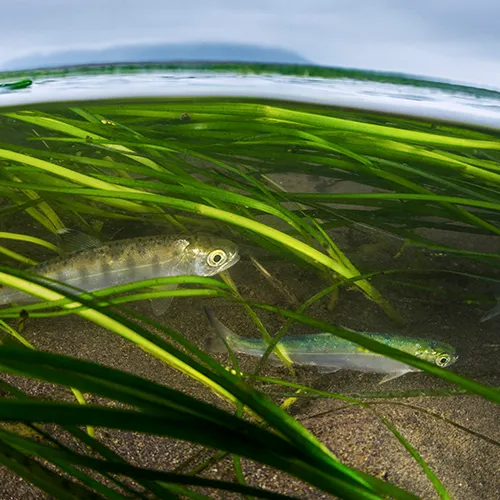
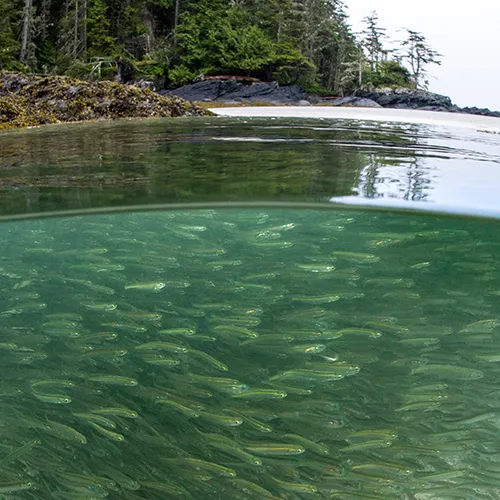
Lelu Island
Until it was cancelled in 2017, Lelu Island was also the proposed site for an ill-conceived industrial project by Petronas, a Malaysian state-owned oil & gas company. Petronas sought to build a massive natural gas liquefaction & offloading facility and associated pipeline that would have dredged and removed 1.3 million cubic yards of marine sediments, causing nearly 500 acres of habitat loss and potential destabilization on Flora Bank. Had the Petronas project proceeded in this location, this unique and productive Skeena salmon habitat could have been lost forever.
SkeenaWild and its partners played a key role in stopping this development. After five years of participating in Environmental Assessments, multiple court cases, independent scientific studies, and resistance from First Nations, the company pulled out.
The cancellation of the Petronas industrial development has opened the space to begin working towards permanent protection for Flora Bank and other critical salmon habitats in the Skeena estuary. Our first action was to ensure Petronas and its partners never use, sell, or transfer their permits for Lelu Island.
SkeenaWild is urging the federal government to implement a process for assessing Flora Bank for permanent protection status, and commit to a planning process for the Skeena estuary.
The Skeena estuary is the only industrialized estuary in British Columbia without an estuary management plan. As such, planning and protection for critical habitats in the Skeena estuary remain a focus.
We want to ensure this is a science-based, transparent, robust process that involves local indigenous communities who depend on the area for food and cultural resources.
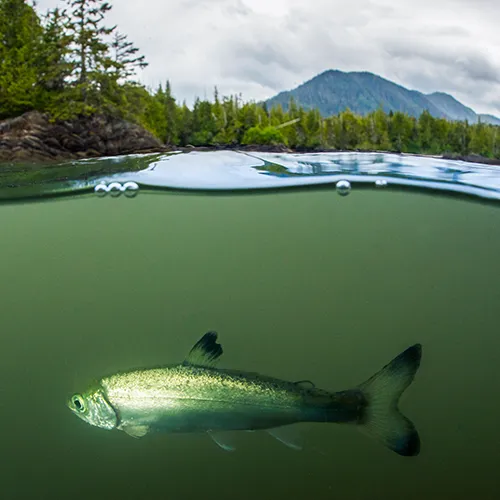
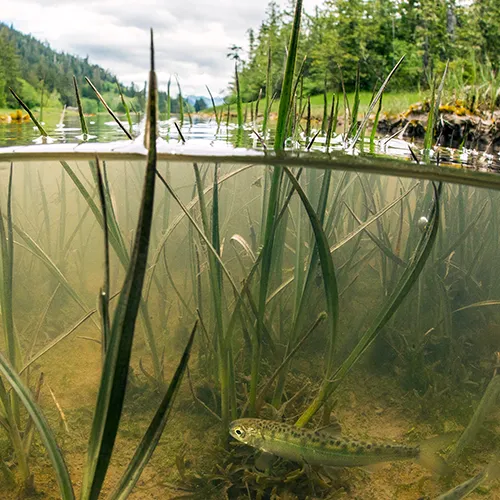
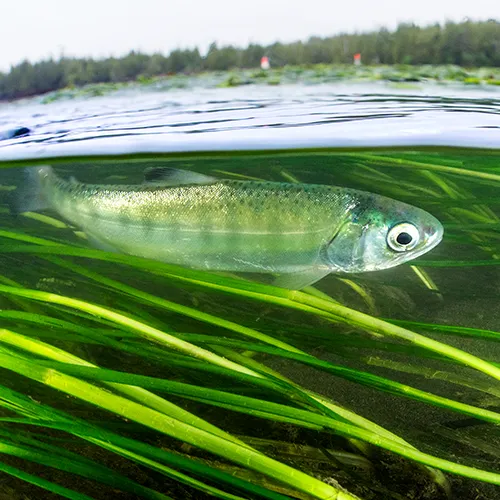
PRPA Moratorium
In January 2019, the Prince Rupert Port Authority announced a development moratorium on Flora, Agnew, Horsey Banks, and the adjacent foreshore of Lelu Island. This moratorium prohibits any industrial development in this critical salmon habitat next to Lelu Island. This is a major conservation outcome for Skeena salmon. Permanent protection for the critical salmon habitat in the Skeena estuary remains a focus.
Ecologically Significant Area
We’re working with partners to have the Skeena River estuary designated as an Ecologically Significant Area under Section 34 of the new Fisheries Act. This designation would provide regulations to protect fish habitat in candidate areas, such as Flora Bank, that are sensitive, highly productive, rare, or unique.
Heart of the Skeena
Lelu Island – Totem Pole Raising
Skeena River Estuary
Estuary Protection Resources
Ecologically Significant Area Resources
Visit the Fish and fish habitat protection policy statement, August 2019
Other News Related to:
Habitat Protection: Estuary Protection
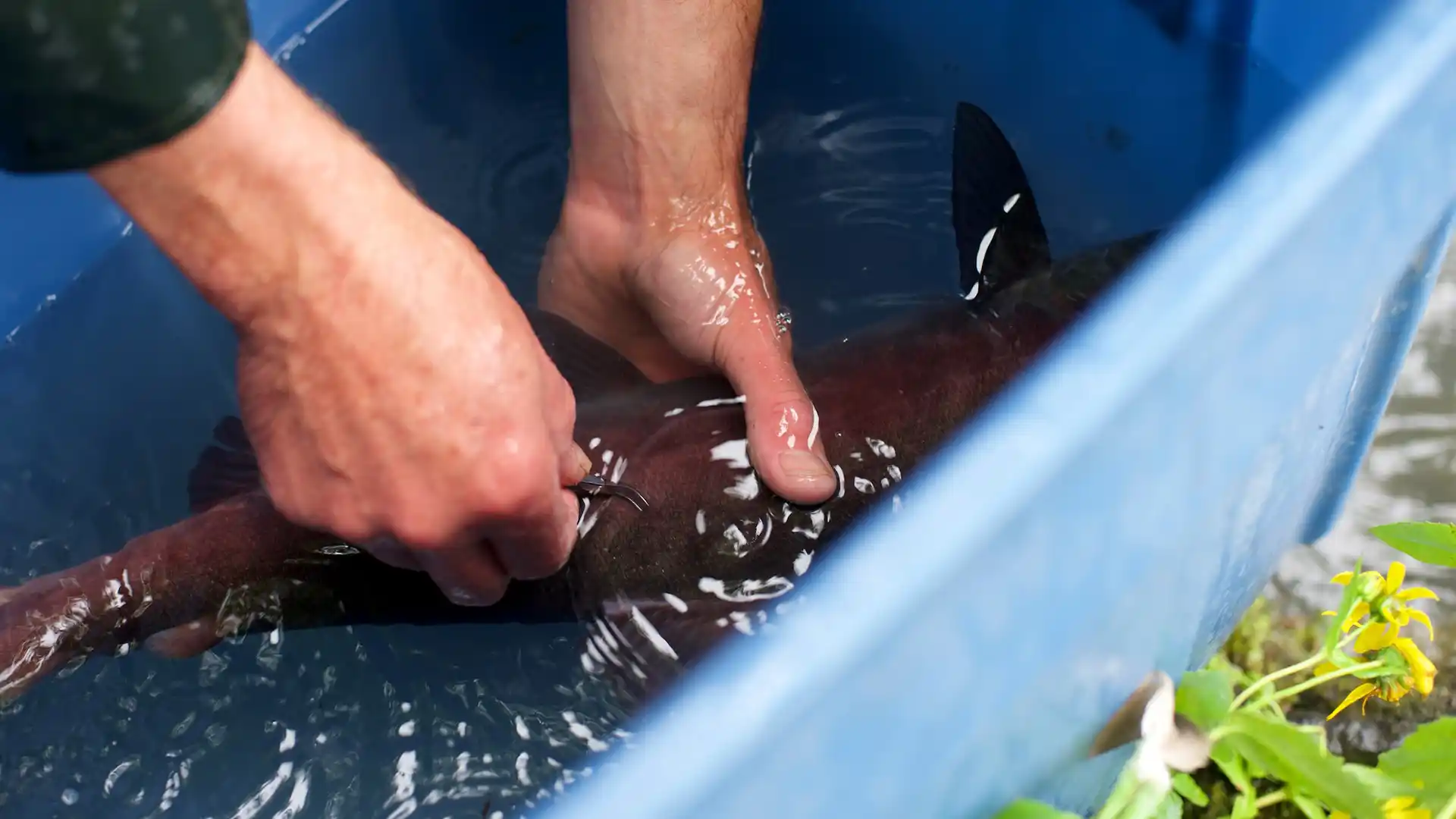
Salmon, The Masters of Adaptation
SkeenaWild’s Director of Science Dr. Michael Price’s latest research with Simon Fraser University goes back in time to look at how salmon have been adapting…
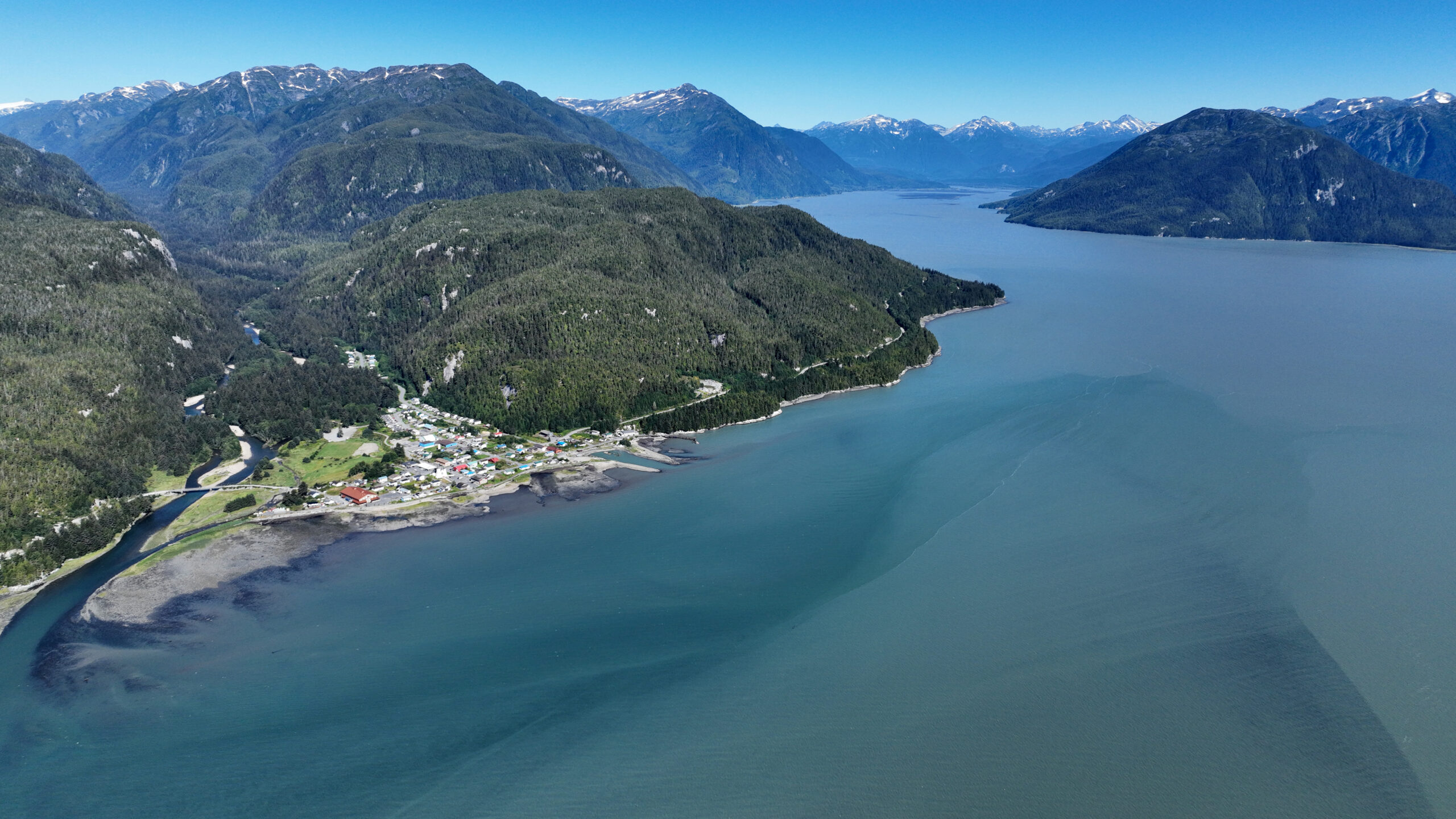
SkeenaWild comments on Environmental Assessment for the Ksi Lisims LNG Project proposed for the Nass estuary.
We recently submitted our comments on the Environmental Assessment for the proposed Ksi Lisims LNG – Natural Gas Liquefaction and Marine Terminal Project (Ksi Lisims…

Salmon, The Masters of Adaptation
SkeenaWild’s Director of Science Dr. Michael Price’s latest research with Simon Fraser University goes back in time to look at how salmon have been adapting…

SkeenaWild comments on Environmental Assessment for the Ksi Lisims LNG Project proposed for the Nass estuary.
We recently submitted our comments on the Environmental Assessment for the proposed Ksi Lisims LNG – Natural Gas Liquefaction and Marine Terminal Project (Ksi Lisims…